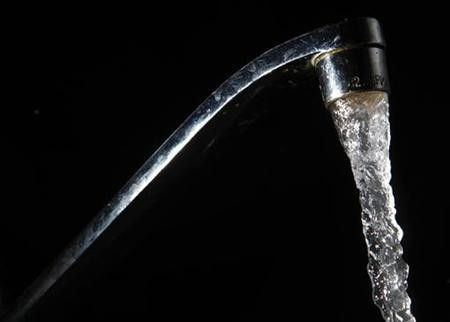Scientists Find Cocaine in 93% of Surveyed Wastewater

Opinions often differ when it comes to surveys, not to mention the high cost and effort of conducting one. That is, scientists are beginning to consider other ways to measure occurrences such as illicit drug abuse.
The Economist, which featured a recent study that focused on measuring waste water for drug content, said the problem with surveys is that people may lie about their drug use. Other measures include monitoring street prices, police seizures and arrests and occurrences of drug overdose patients in hospitals.
"But some innovative ideas are surfacing too. In a growing number of countries, the authorities are experimenting with testing the sewage system for the by-products of illegal drug use," the Economist said.
It then cited the wastewater study, which found by-products of cocaine, opioid and hallucinogens in the New York sewerage system. The Economist highlighted the fact that such kind of measurement allows authorities to access real-time information about drug use.
Kurunthachalam Kannan and Bikram Subedi, authors of the said study, found cocaine in 93 per cent of all untreated samples from to wastewater treatment plants in Albany, New York.
Byproducts of opioids and hallucinogens were also found.
But more disturbing is the fact that the treatment plans were not able to remove all illicit drugs before the releasing the water back into the system, according to Science Daily.
This may also affect the results of the study, but the authors believe the results are still valuable since policymakers and law enforcement could track patterns of abuse through the new measuring technique.
The study, published in the Environment Science & Technology journal, received funding from the Centers for Disease Control and Prevention.
Although some people may find it difficult to believe that the presence of cocaine in wastewater is so prevalent, it is perhaps general knowledge by now that drug abuse is one of the pressing health problems in the U.S. right now.
Government data show that at least 2.5 million Americans are suffering from opioid dependence or abuse.
The disturbingly high rate of opioid abuse has led health solutions companies like BioCorRx Inc. (BICX, http://finance.yahoo.com/q?s=BICX) to come up with innovative programs that will help patients deal with their addictions.
BioCorRx's Start Fresh Program, for example, offers naltrexone implants, which are inserted under the lower abdomen part of the skin, to curb cravings for opioids.
Naltrexone, which has long been approved by the Food and Drug Administration, for the treatment of alcohol and opioid addiction, blocks the part of the brain that craves or feels euphoria for the said substances.
Partnered with life coaching sessions, Start Fresh Program patients deal with both the physical cravings and psycho-social aspects of their addiction.
The naltrexone implant is said to be an improvement from the usual pill or injection form. In the future, more anti-addiction drugs are expected to be developed, especially as the problem persists.






